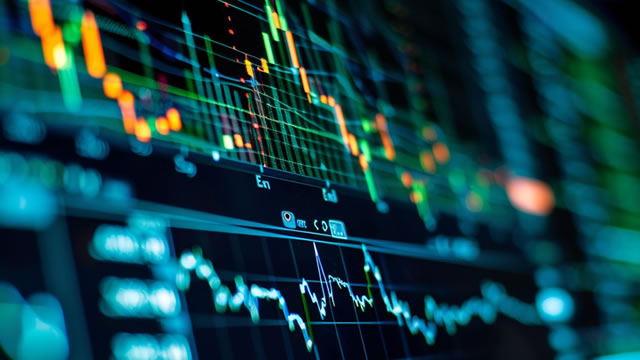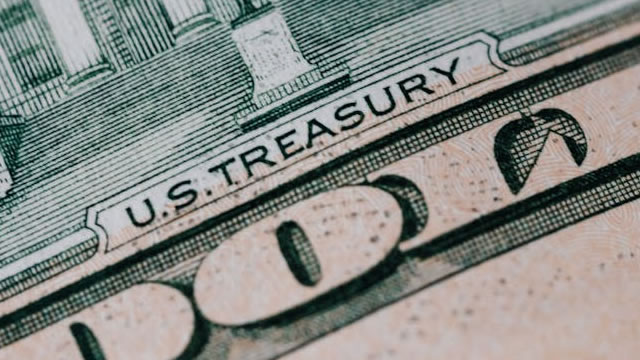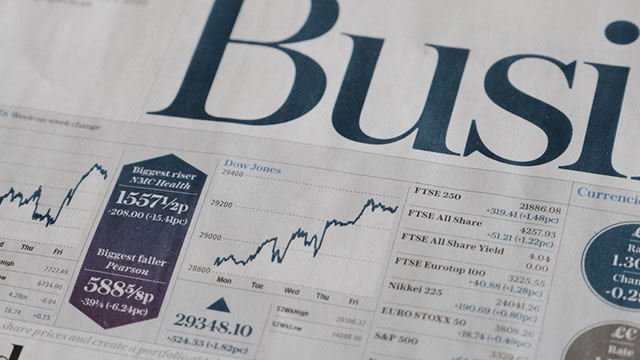Navigating Policy Uncertainty in the Markets: Opportunities Amidst Challenges
As we entered 2025, the economic landscape presented a complex and evolving situation for investors. While the foundations for growth were in place, markets faced ongoing challenges due to shifts in US policy approaches.
The US Policy Environment: A Rollercoaster Ride
The US policy landscape in 2025 was marked by uncertainty, with significant shifts in various sectors. This uncertainty was driven by a combination of factors, including new regulations, tax reforms, and geopolitical developments.
Historical Precedent: Past Peaks of Policy Uncertainty and Their Impact on Markets
It is important to note that we may not yet have reached the peak of policy uncertainty. However, history has shown that such peaks can present attractive buying opportunities for investors. In the late 1990s, for instance, the uncertainty surrounding the Clinton Administration’s proposed taxes led to a market correction. Yet, as the dust settled, the markets rebounded, and the economy continued to grow.
Impact on Individual Investors
For individual investors, this environment of policy uncertainty can be both challenging and rewarding. On the one hand, it may lead to increased volatility in the markets. On the other hand, it can create opportunities for long-term investors to buy undervalued stocks.
To navigate this environment, investors should consider the following:
- Diversify their portfolios:
- Stay informed:
- Focus on the long term:
Spreading investments across various sectors can help mitigate the impact of policy changes on any one stock or sector.
Keeping abreast of the latest policy developments can help investors make informed decisions about their investments.
Policy uncertainty can lead to short-term market volatility, but historically, the markets have tended to recover in the long run.
Impact on the World
The effects of policy uncertainty in the US can ripple out to the global economy. For instance, changes to US trade policy can impact the pricing and availability of goods and services in other countries. Additionally, uncertainty surrounding US fiscal policy can impact global financial markets.
To mitigate these risks, countries and international organizations can take the following steps:
- Diversify their exports:
- Strengthen international cooperation:
- Focus on domestic economic growth:
Countries that rely heavily on exports to the US may want to consider diversifying their markets to reduce their dependence on the US market.
International organizations and countries can work together to address global economic challenges and promote stability.
Countries can focus on strengthening their own economies, rather than relying on external factors, to promote long-term growth and stability.
Conclusion: Embracing Opportunities Amidst Challenges
While policy uncertainty can present challenges for investors, both individual and institutional, it can also create opportunities. By staying informed, diversifying portfolios, and focusing on the long term, investors can navigate this environment and potentially reap rewards. And for the world at large, cooperation and a focus on domestic economic growth can help mitigate the impacts of policy uncertainty and promote stability.
As we continue to navigate this complex economic landscape, it is important to remember that uncertainty is a constant in markets. By staying informed, adaptable, and focused on the long term, we can weather the storms and seize the opportunities that lie ahead.





